Introduction
Scallion-infused spare ribs, a beloved dish in many Asian cuisines, marry the rich, tender meat of pork ribs with the bright, aromatic flavors of fresh scallions. This dish, often served at family gatherings, festivals, or as a comforting weeknight meal, balances savory, sweet, and umami notes with a hint of spice. While the recipe may seem deceptively simple, achieving the perfect texture and flavor harmony requires precision, patience, and an understanding of key cooking techniques. In this comprehensive guide, we will explore the origins of this dish, its cultural significance, and a detailed, foolproof method to recreate it in your own kitchen. Whether you are a seasoned home cook or a curious novice, this article will equip you with the knowledge to elevate your culinary skills and impress even the most discerning palates.
The Cultural Tapestry of Scallion-Infused Spare Ribs
Before diving into the recipe, it is worth acknowledging the cultural roots of this dish. In Chinese cuisine, pork ribs hold a revered status, symbolizing prosperity and abundance. They are a staple at banquets and celebrations, where their tender, fall-off-the-bone texture is prized. The addition of scallions, or cong in Mandarin, introduces a layer of freshness that cuts through the richness of the meat, creating a balance that reflects the philosophy of yin and yang—harmonizing contrasting elements.
Similarly, in Korean and Japanese culinary traditions, variations of this dish exist, often incorporating regional ingredients like gochujang (Korean chili paste) or mirin (sweet rice wine). However, the core technique of marinating, searing, and simmering remains consistent, underscoring the universal appeal of this comfort food.
Ingredients: Building Flavor Layers
To create authentic scallion-infused spare ribs, you will need the following ingredients, carefully selected to maximize flavor:
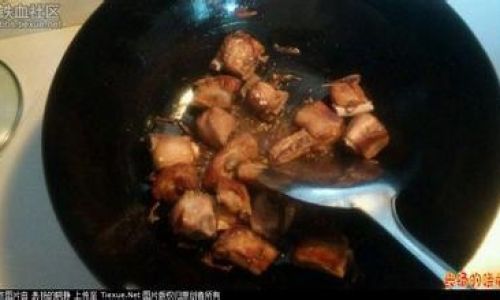
- 2 lbs (900g) pork spare ribs, cut into 2-inch pieces (ask your butcher to do this for consistency)
- 1 bunch fresh scallions, thinly sliced (reserve 2 tablespoons for garnish)
- 4 garlic cloves, minced
- 2-inch piece fresh ginger, peeled and grated
- 1/4 cup soy sauce (low-sodium recommended for control)
- 2 tablespoons oyster sauce
- 1 tablespoon Shaoxing wine (or dry sherry)
- 1 tablespoon rice vinegar
- 1/4 cup brown sugar (light or dark, packed)
- 1 teaspoon sesame oil
- 1/2 teaspoon white pepper
- 1/4 cup all-purpose flour (for dredging)
- 3 cups vegetable oil (for frying; peanut or canola oil preferred)
- 1 cup chicken broth (low-sodium)
- 1 tablespoon cornstarch (mixed with 2 tablespoons water for slurry)
- Optional: 1 red chili pepper, thinly sliced (for heat)
Equipment Checklist
- Large mixing bowl
- Whisk or fork
- Dutch oven or heavy-bottomed pot
- Slotted spoon
- Meat thermometer (optional but recommended)
- Fine-mesh strainer
- Kitchen towel or paper towels
Step 1: Preparing the Meat
The foundation of exceptional spare ribs lies in proper preparation. Begin by patting the ribs dry with paper towels to remove excess moisture. This step ensures the meat browns evenly during frying and prevents splattering. If the ribs are not pre-cut, use a sharp chef’s knife to slice between the bones, creating 2-inch segments. For consistency, aim for pieces of equal thickness to ensure even cooking.
Step 2: Marinating for Depth of Flavor
In a large mixing bowl, combine the soy sauce, oyster sauce, Shaoxing wine, rice vinegar, brown sugar, sesame oil, white pepper, half of the minced garlic, and half of the grated ginger. Whisk vigorously until the sugar dissolves. Add the ribs to the marinade, ensuring each piece is thoroughly coated. Cover the bowl with plastic wrap and refrigerate for at least 2 hours, or ideally overnight. Marinating allows the meat to absorb the complex flavors while tenderizing the fibers.
Pro Tip: For enhanced tenderness, consider adding a pinch of baking soda to the marinade. This alkaline ingredient breaks down tough proteins, yielding melt-in-your-mouth results.
Step 3: Dredging and Frying
Remove the ribs from the refrigerator 30 minutes before cooking to allow them to reach room temperature. This ensures even cooking. In a shallow dish, spread the all-purpose flour. Dredge each rib in the flour, shaking off excess to prevent a gummy texture.
Heat the vegetable oil in a Dutch oven over medium-high heat until it reaches 350°F (175°C). To test the oil’s readiness, drop a small piece of rib into the pot—if it sizzles immediately, the oil is hot enough. Working in batches to avoid overcrowding, carefully lower the ribs into the oil. Fry for 4–5 minutes per side, or until golden brown and crispy. Use a slotted spoon to transfer the ribs to a wire rack set over a baking sheet. This allows excess oil to drain while keeping the ribs crisp.
Safety Note: Frying in hot oil requires caution. Keep a lid nearby in case of flare-ups, and never leave the pot unattended.

Step 4: Crafting the Scallion-Infused Sauce
In the same Dutch oven (after carefully discarding all but 2 tablespoons of oil), sauté the remaining garlic, ginger, and sliced scallions over medium heat until fragrant (1–2 minutes). Add the chili pepper (if using) and stir for 30 seconds. Pour in the chicken broth, scraping the bottom of the pot to release any browned bits—this deglazing process adds depth to the sauce.
Stir in the reserved marinade and bring the mixture to a simmer. Taste and adjust seasoning with additional soy sauce, sugar, or vinegar as needed. For a thicker consistency, gradually whisk in the cornstarch slurry until the sauce coats the back of a spoon.
Step 5: Braising to Perfection
Gently place the fried ribs into the sauce, ensuring they are submerged. Reduce the heat to low, cover the pot, and simmer for 45–60 minutes, or until the meat is tender and pulls away from the bone. Stir occasionally to prevent sticking.
Pro Tip: For fall-off-the-bone texture, use a meat thermometer to check for an internal temperature of 190–200°F (88–93°C). At this stage, the collagen in the meat has broken down into gelatin, creating a luxurious mouthfeel.
Step 6: Finishing with Freshness
Once the ribs are cooked, remove them from the sauce using tongs and transfer to a serving platter. Increase the heat to medium-high and simmer the sauce for an additional 5–7 minutes, or until it reduces by half and thickens further. Pour the sauce over the ribs, ensuring each piece is glossy and coated. Garnish with the reserved scallions and a drizzle of sesame oil.
Serving Suggestions
Scallion-infused spare ribs pair beautifully with steamed jasmine rice, which absorbs the flavorful sauce, or with crispy noodles for added texture. For a complete meal, serve alongside stir-fried vegetables like bok choy or broccoli. A sprinkle of toasted sesame seeds or a squeeze of fresh lime juice can elevate the dish further.
Variations and Customizations
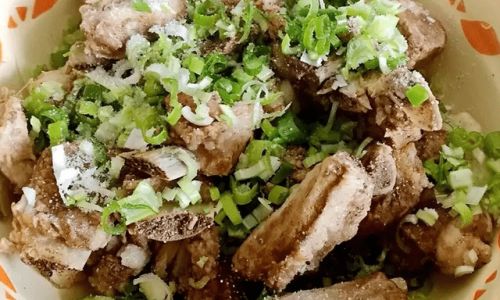
- Spicy Scallion Ribs: Double the chili pepper or add a teaspoon of chili oil during the braising stage.
- Honey-Glazed Twist: Substitute half the brown sugar with honey and add a splash of lime juice for a sweet-tangy profile.
- Gluten-Free Adaptation: Use tamari instead of soy sauce and cornstarch as a thickener.
Storage and Reheating
Leftover ribs can be stored in an airtight container in the refrigerator for up to 3 days. To reheat, gently simmer in a saucepan with a splash of water or broth to prevent drying out. Avoid microwaving, as this can toughen the meat.
Troubleshooting Common Issues
- Tough Meat: Undercooking or insufficient marinating time. Ensure ribs are braised until tender.
- Greasy Sauce: Overcrowding the pot during frying. Fry in batches to maintain oil temperature.
- Bland Flavor: Adjust seasoning incrementally. Taste and balance salt, sweetness, and acidity.
The Science Behind the Sizzle
Understanding the culinary chemistry at play can enhance your results. The Maillard reaction, which occurs during frying, creates a golden crust and complex flavors. Braising then transforms tough connective tissue into gelatin through slow, moist heat. Scallions, rich in allicin and antioxidants, not only impart flavor but also offer mild anti-inflammatory benefits.
Conclusion
Scallion-infused spare ribs are more than a meal—they are a testament to the alchemy of ingredients and technique. By mastering the interplay of marinating, frying, and braising, you unlock a dish that delights the senses and nourishes the soul. Whether served at a festive table or enjoyed as a quiet indulgence, these ribs embody the joy of cooking: transforming simple elements into something extraordinary. With practice, this recipe will become a cherished part of your culinary repertoire, a bridge between tradition and innovation. So, roll up your sleeves, gather your ingredients, and embark on a journey to savor the art of scallion-infused perfection. Your taste buds—and your guests—will thank you.
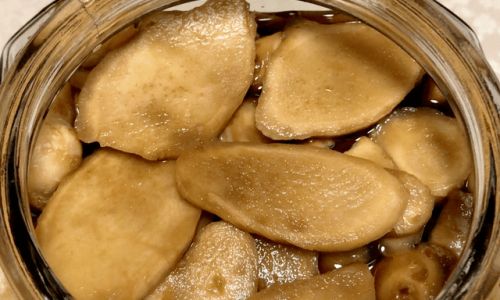
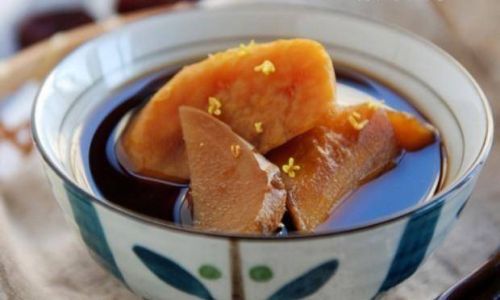
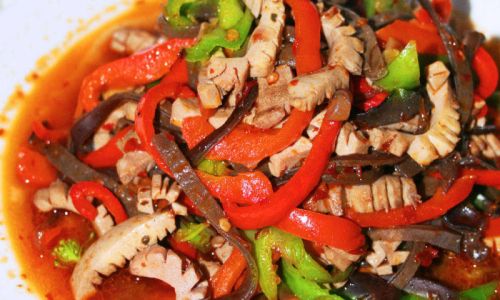
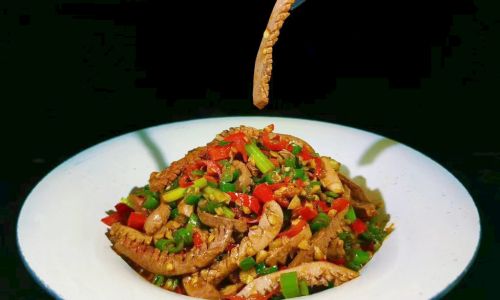
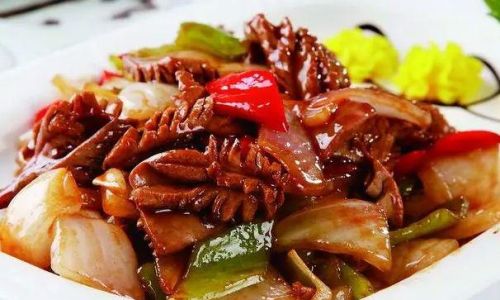
0 comments